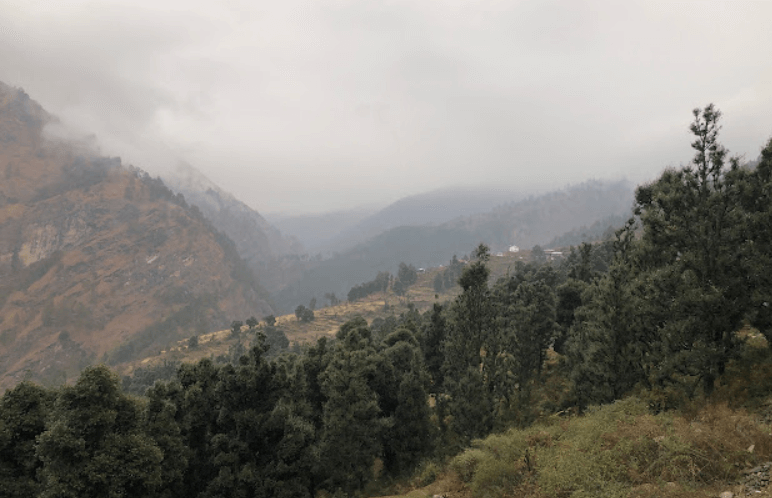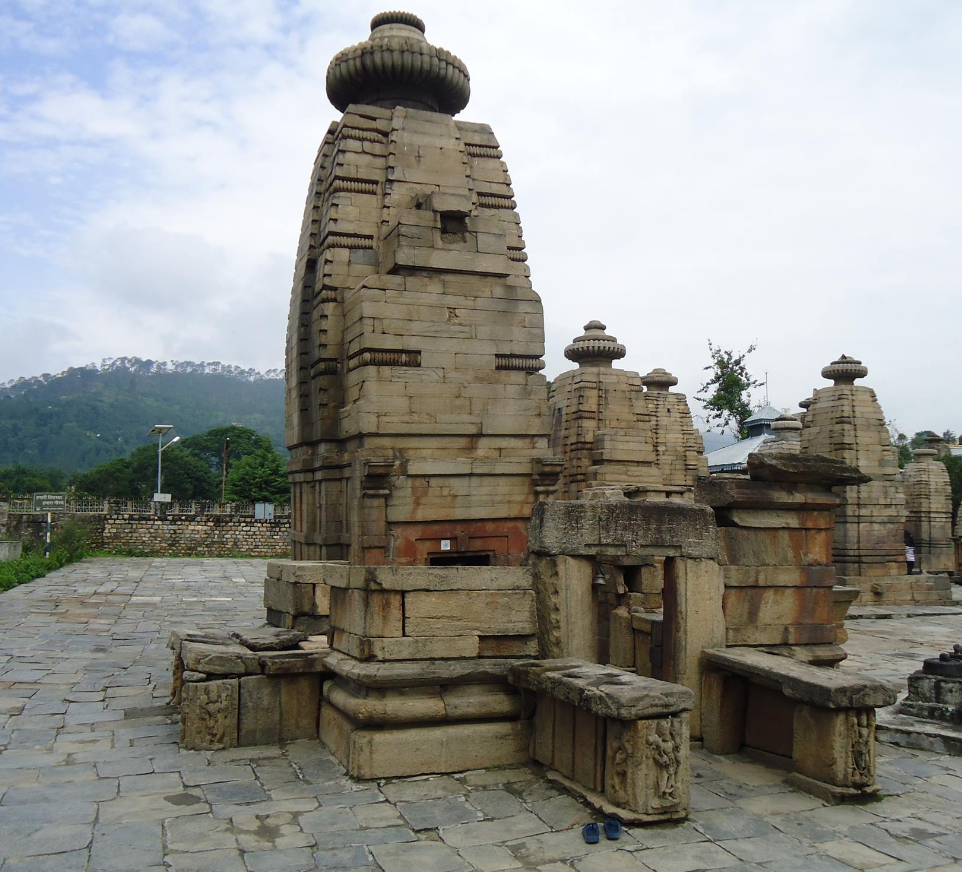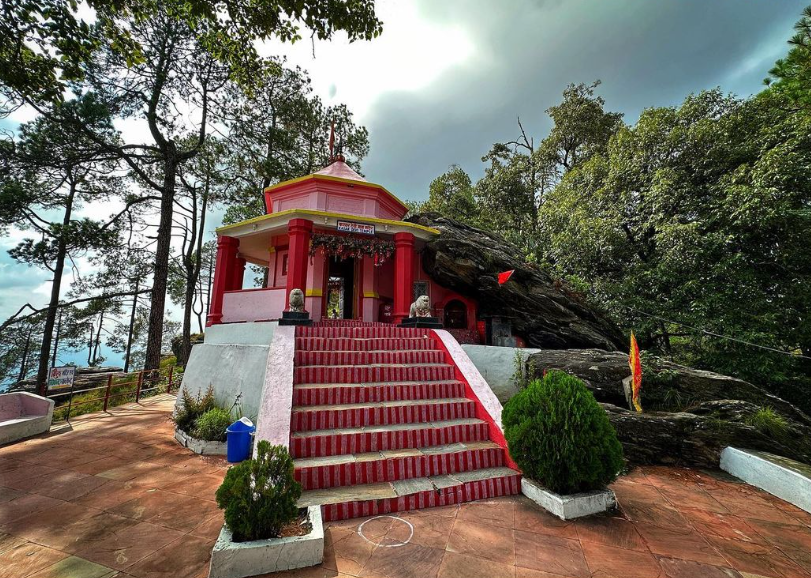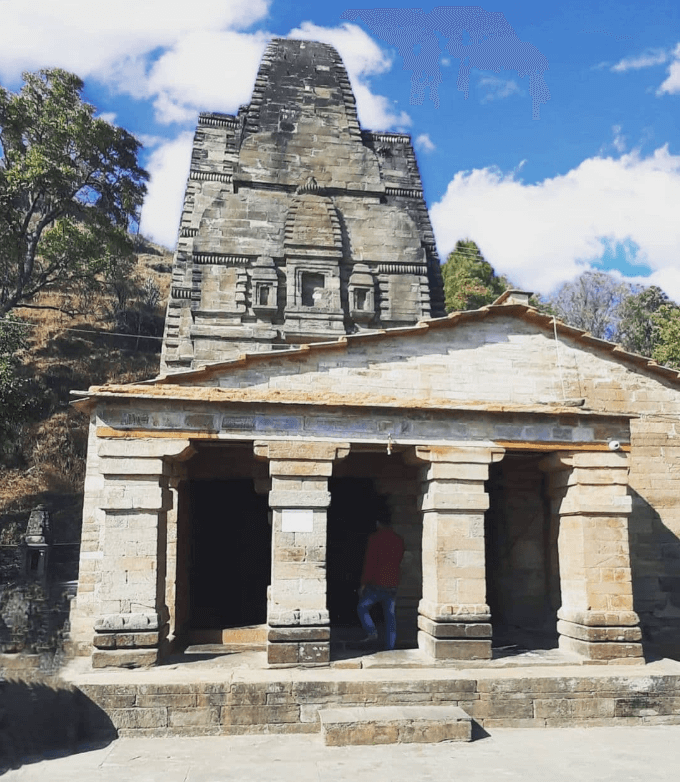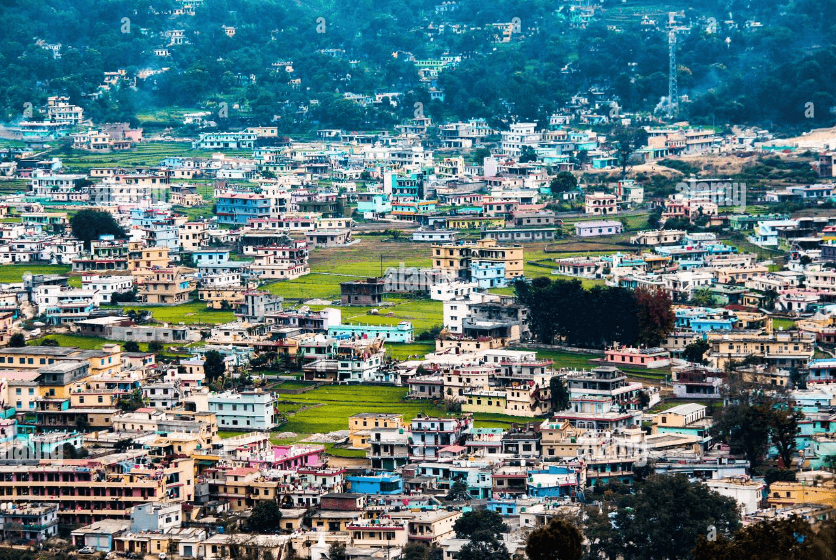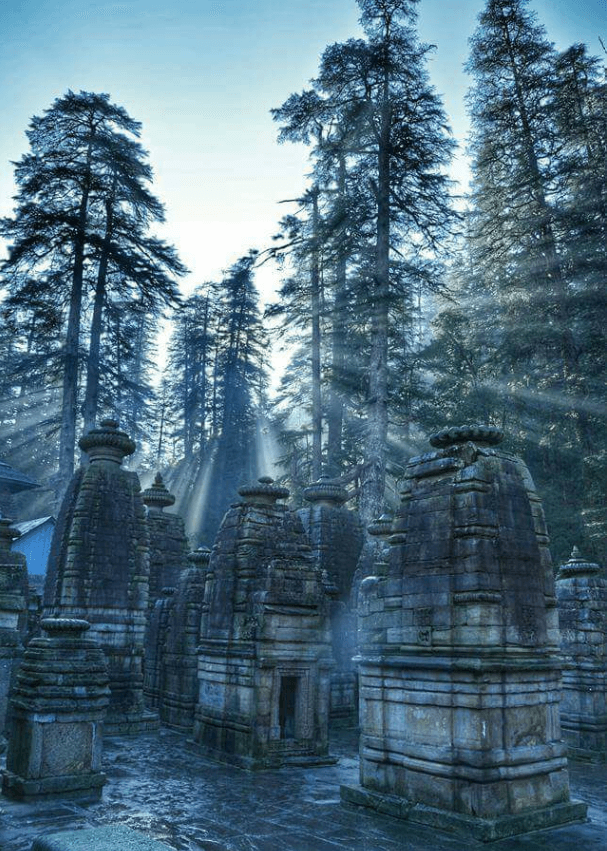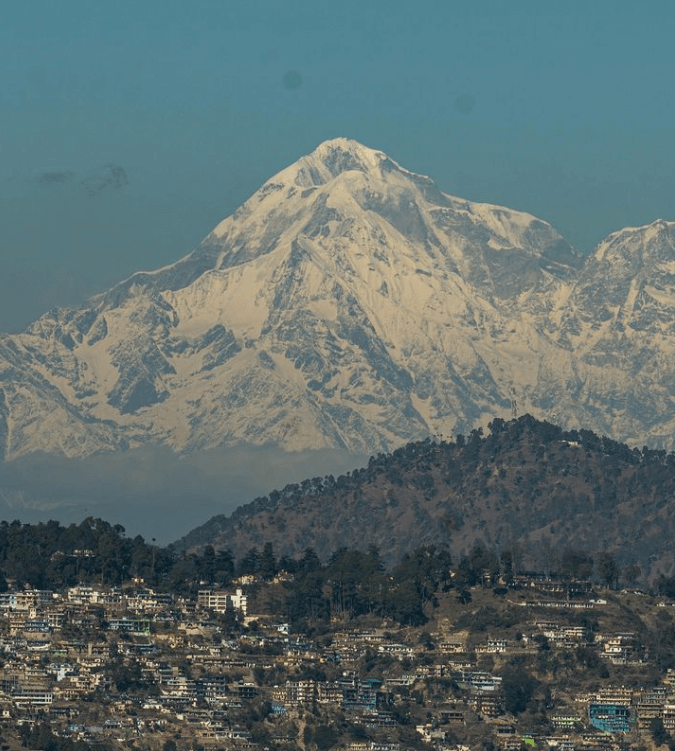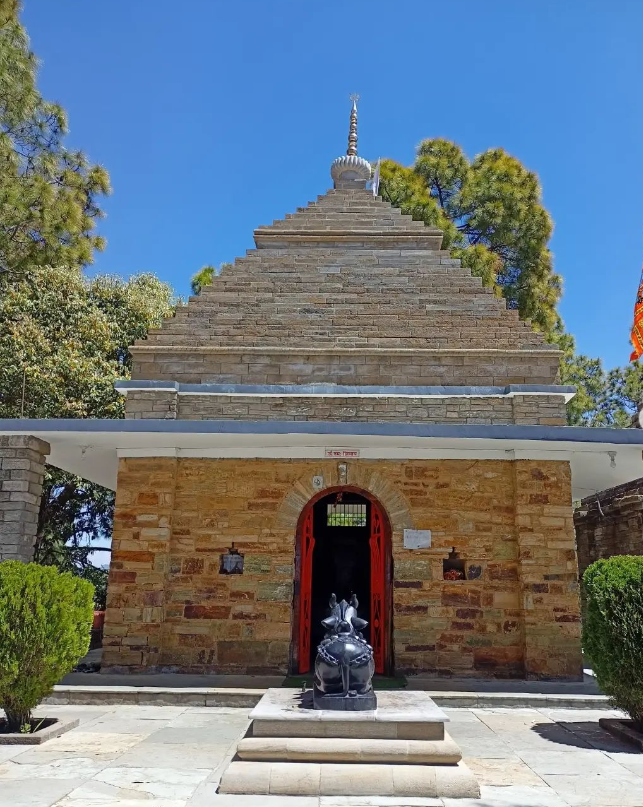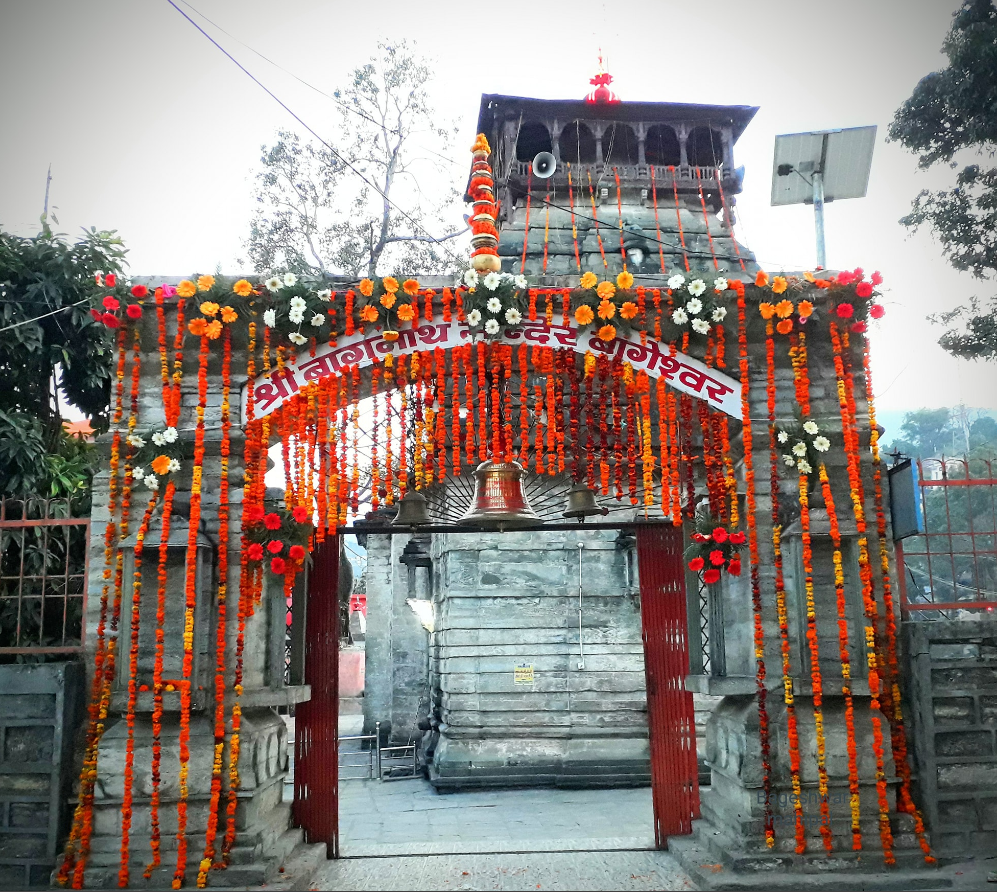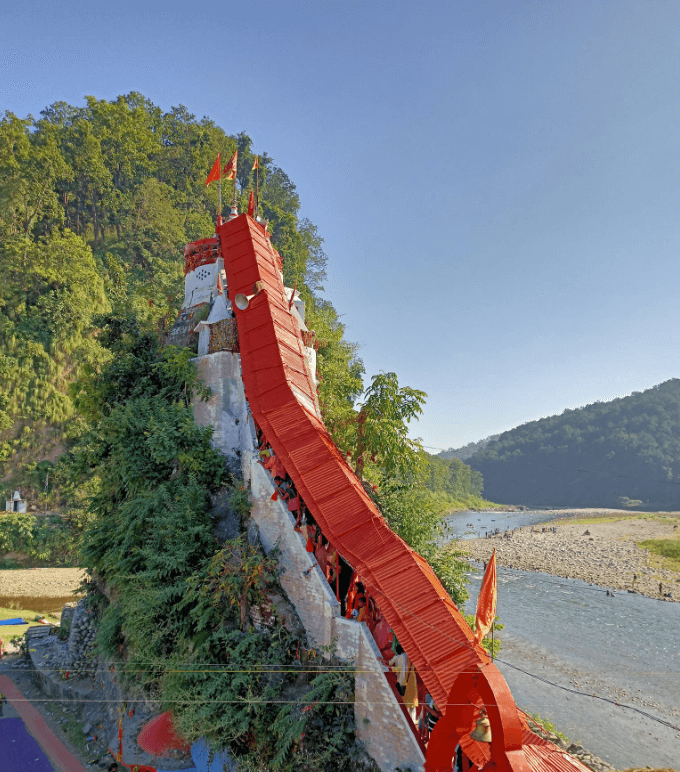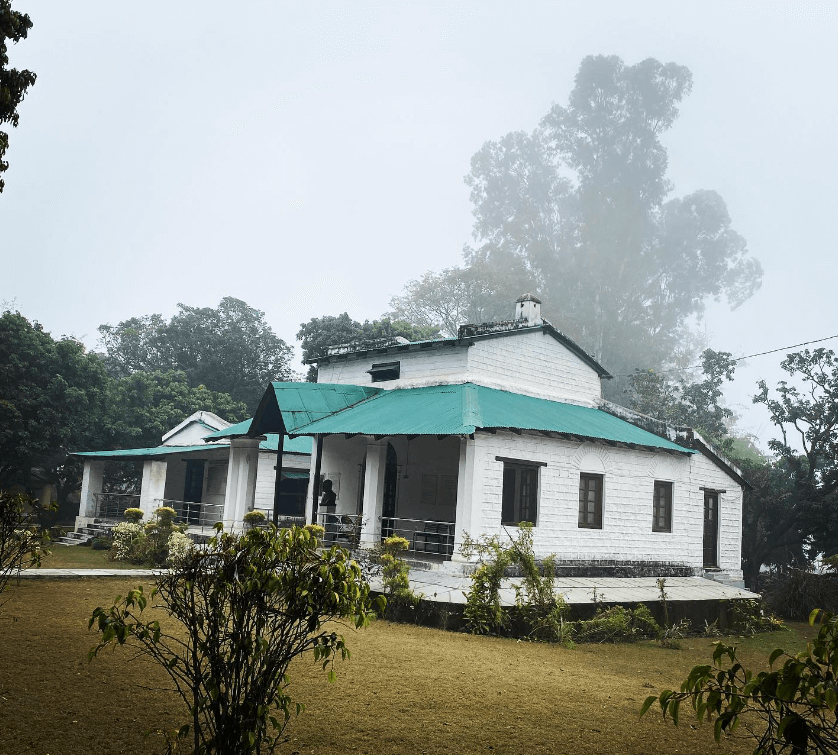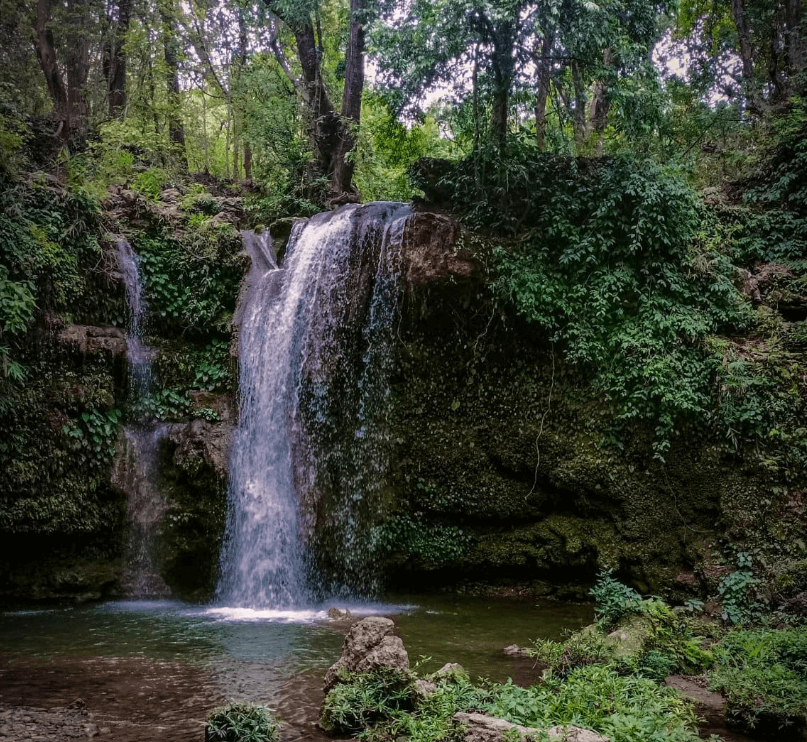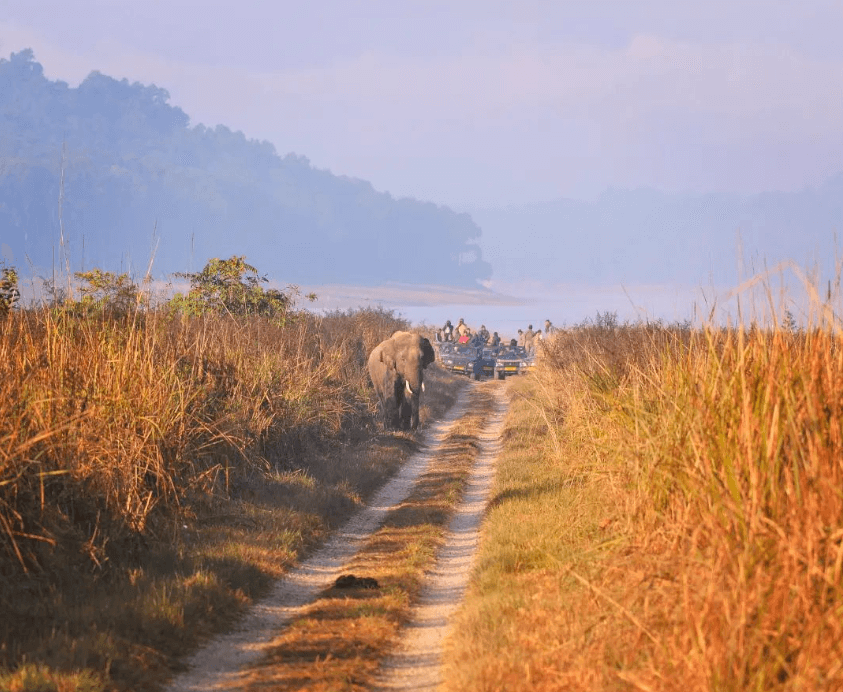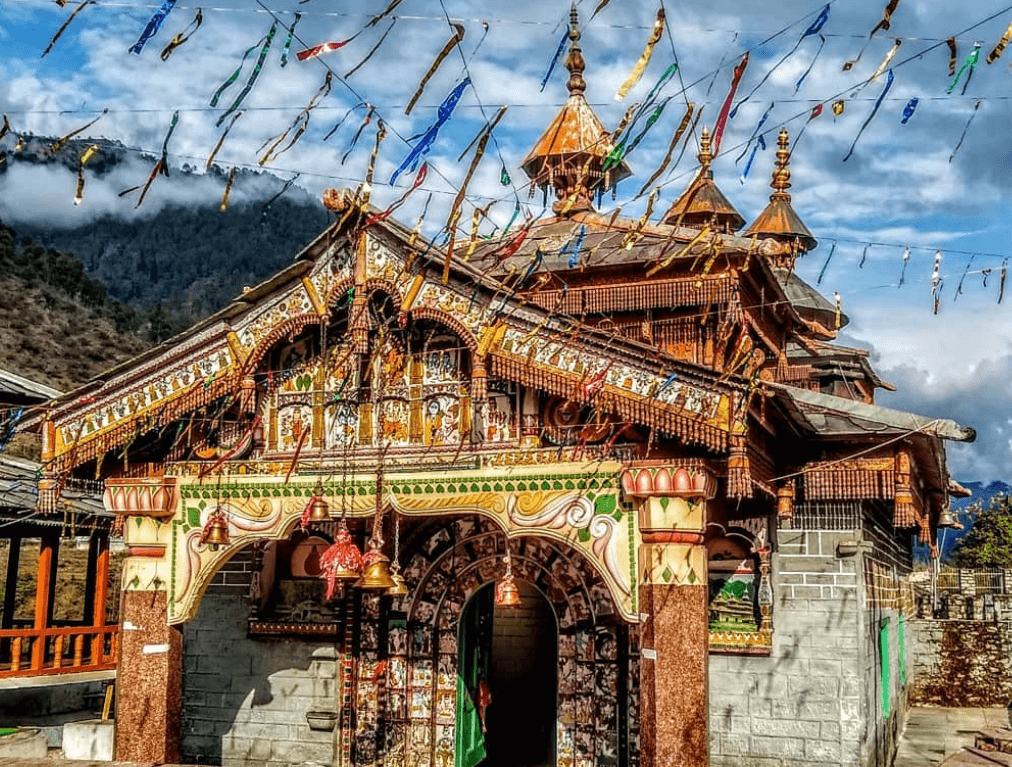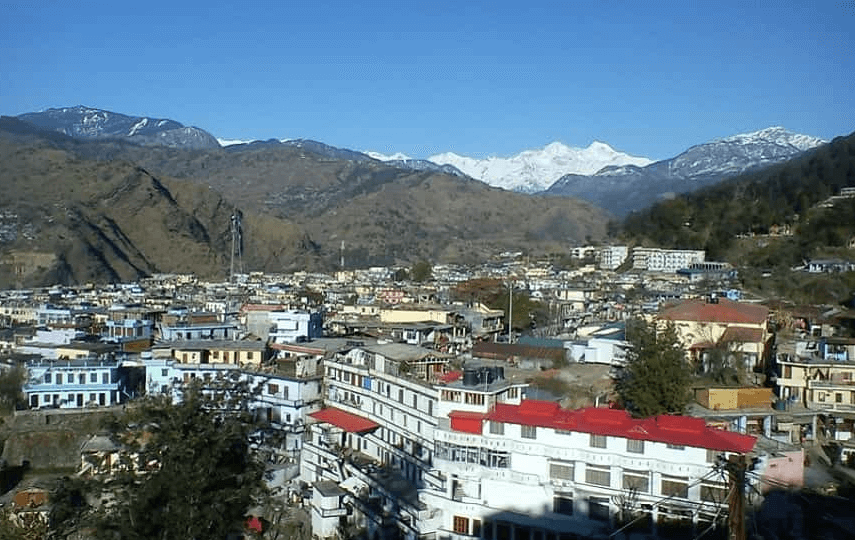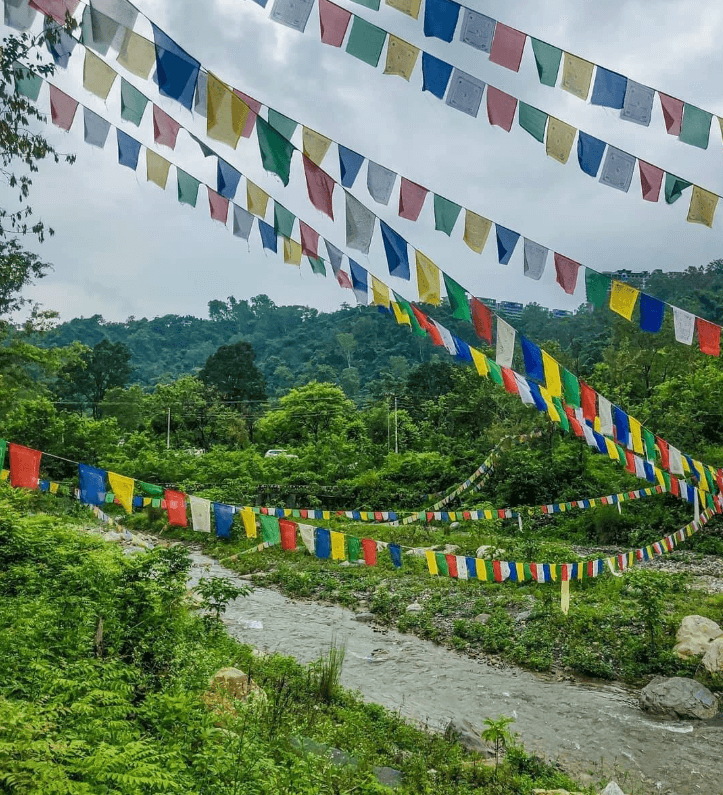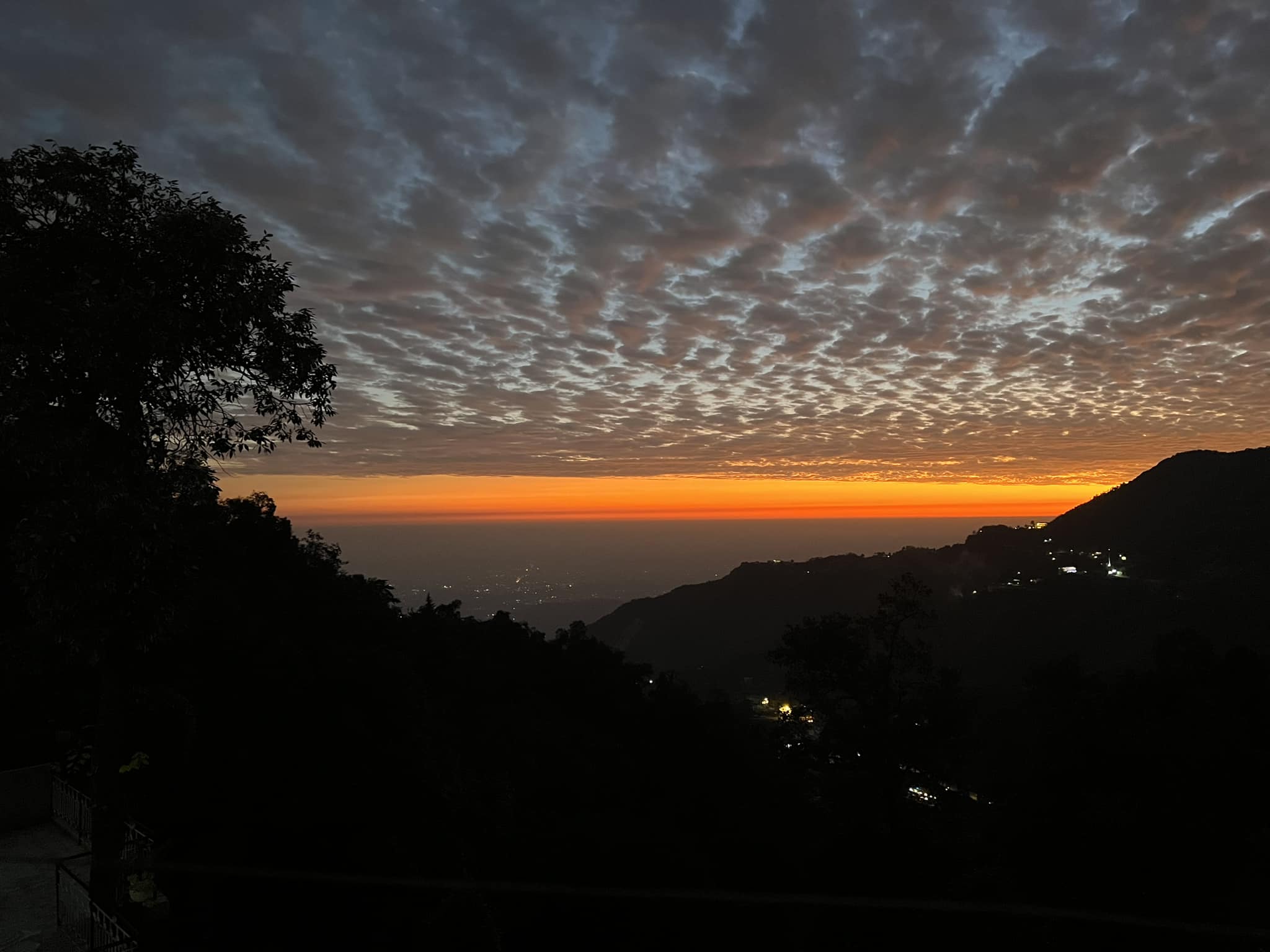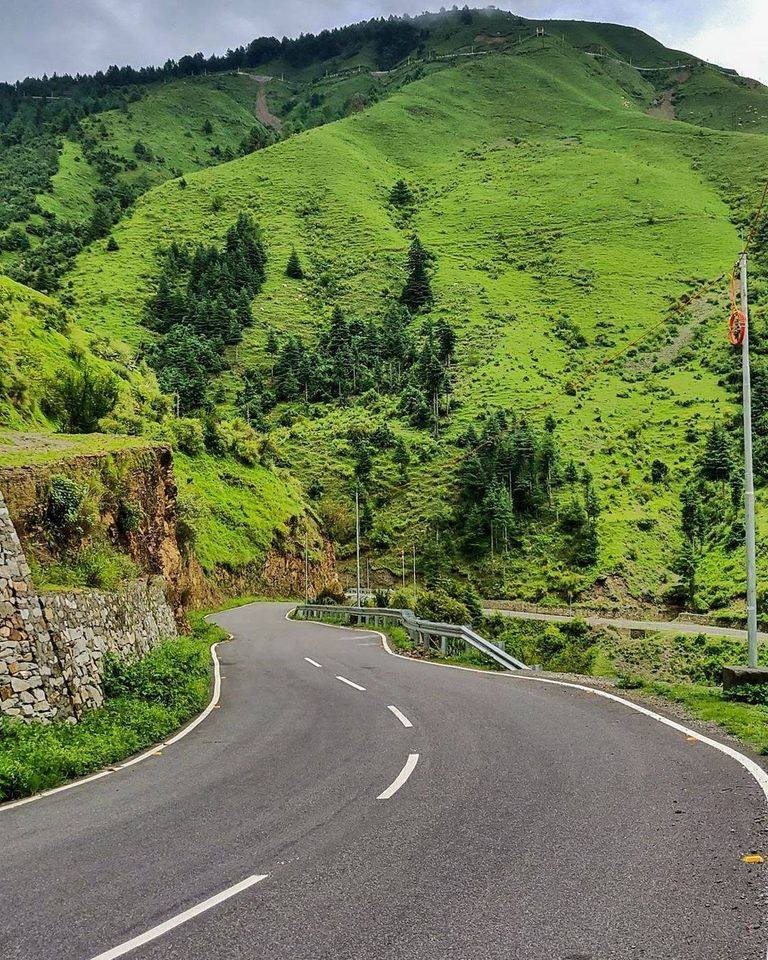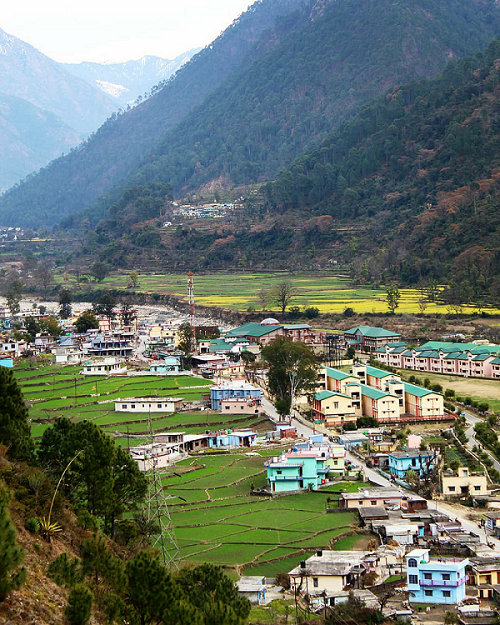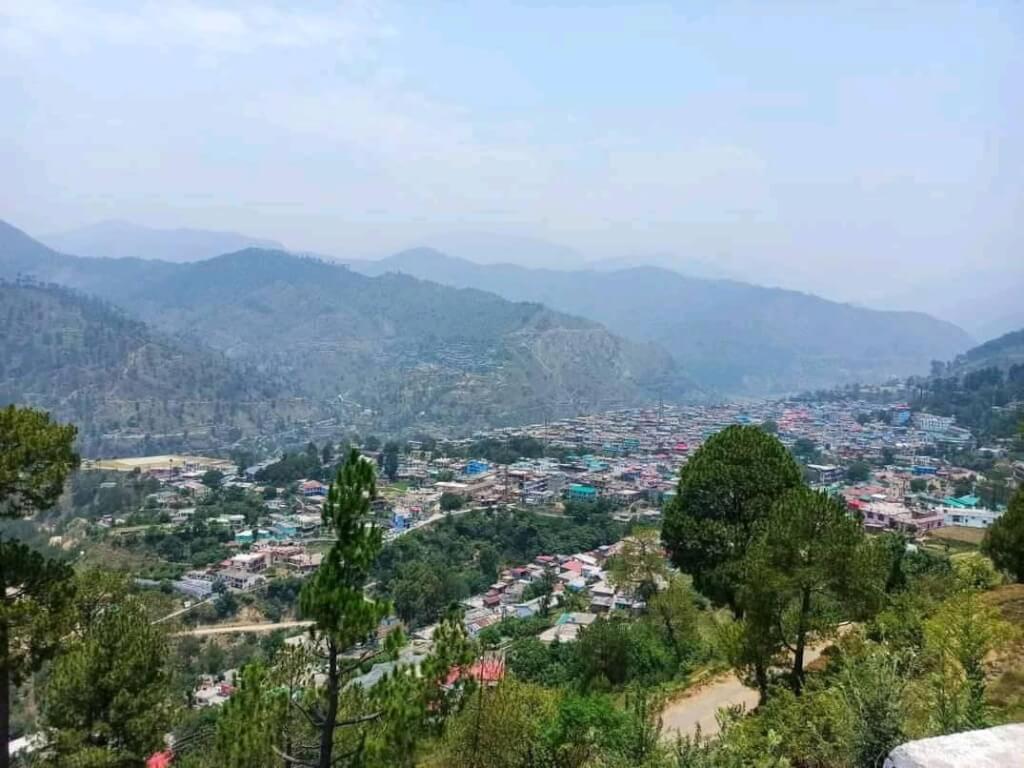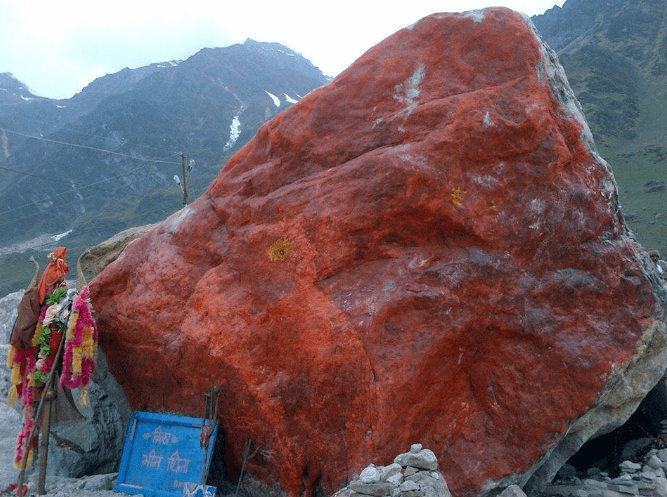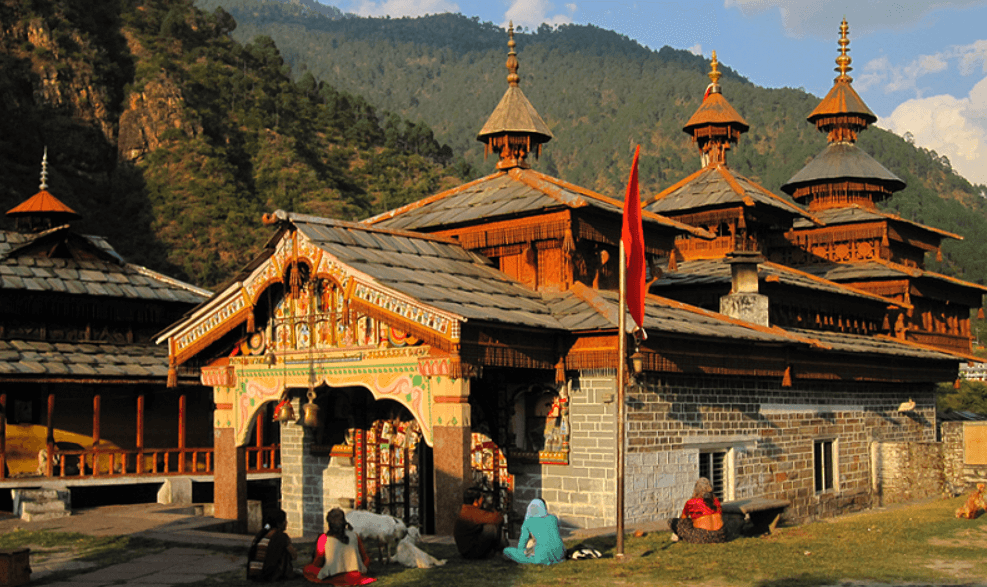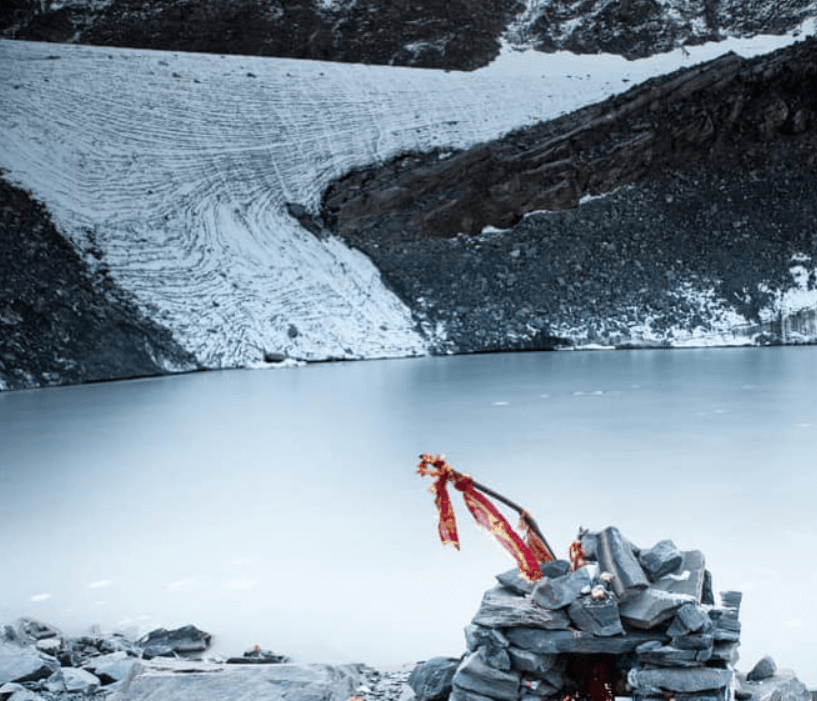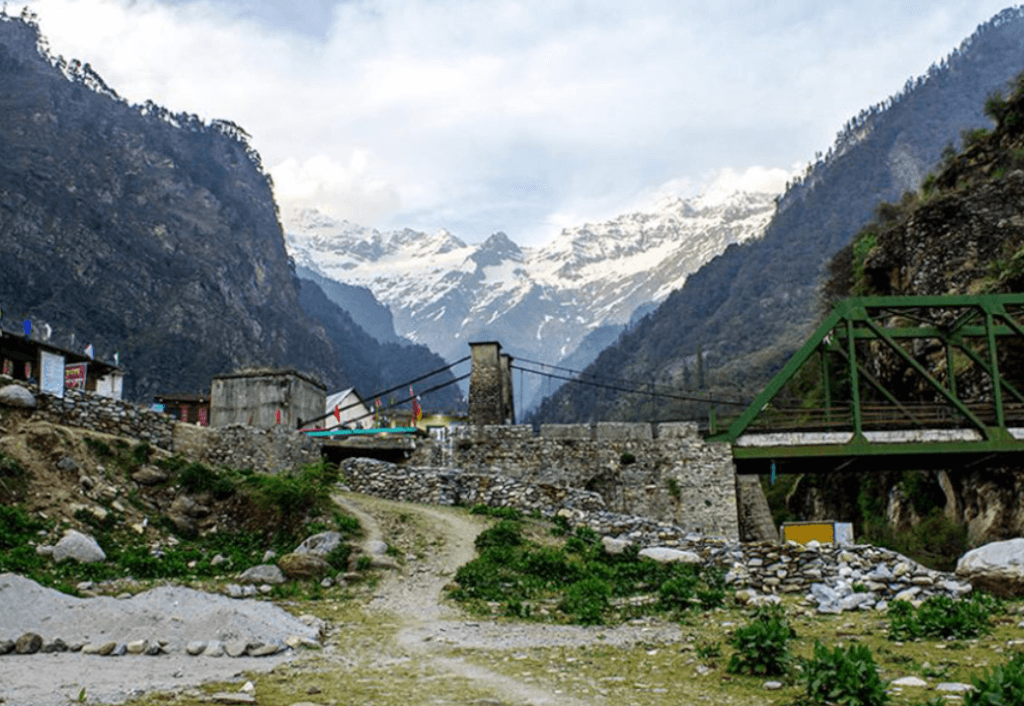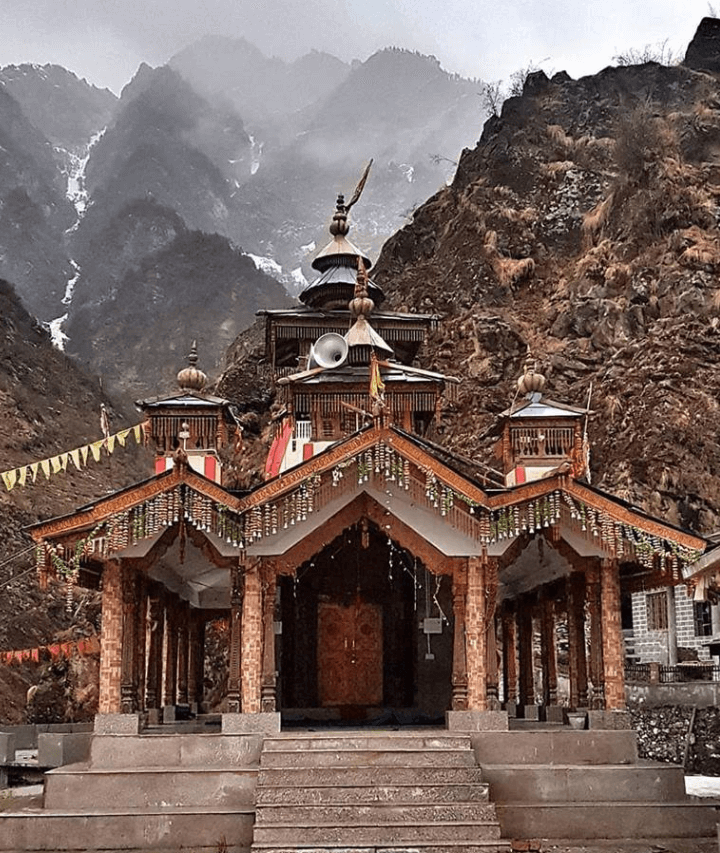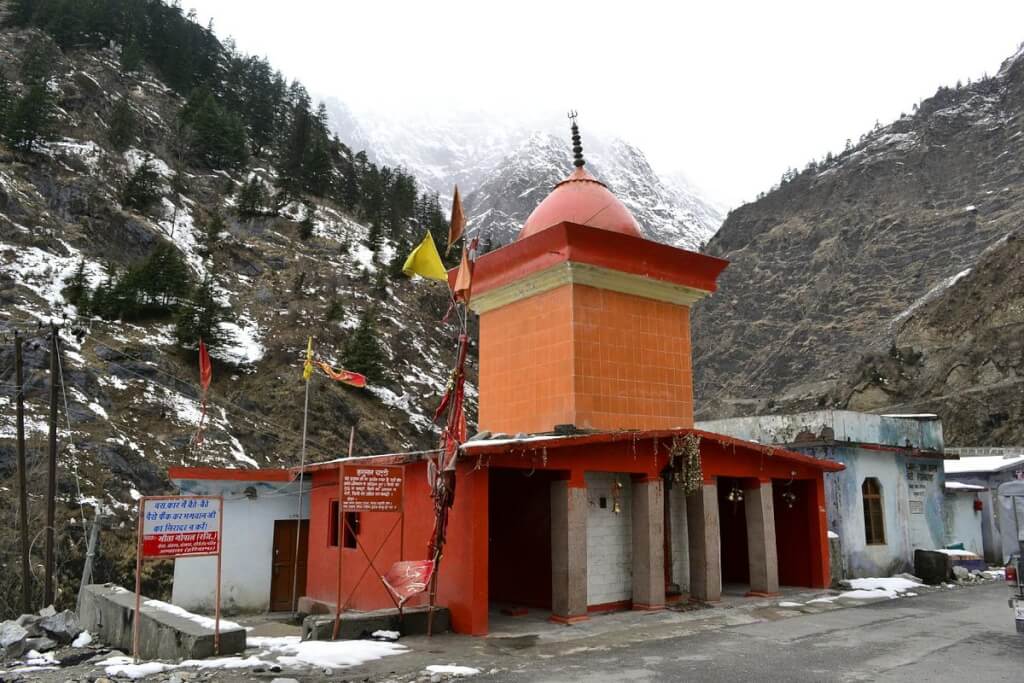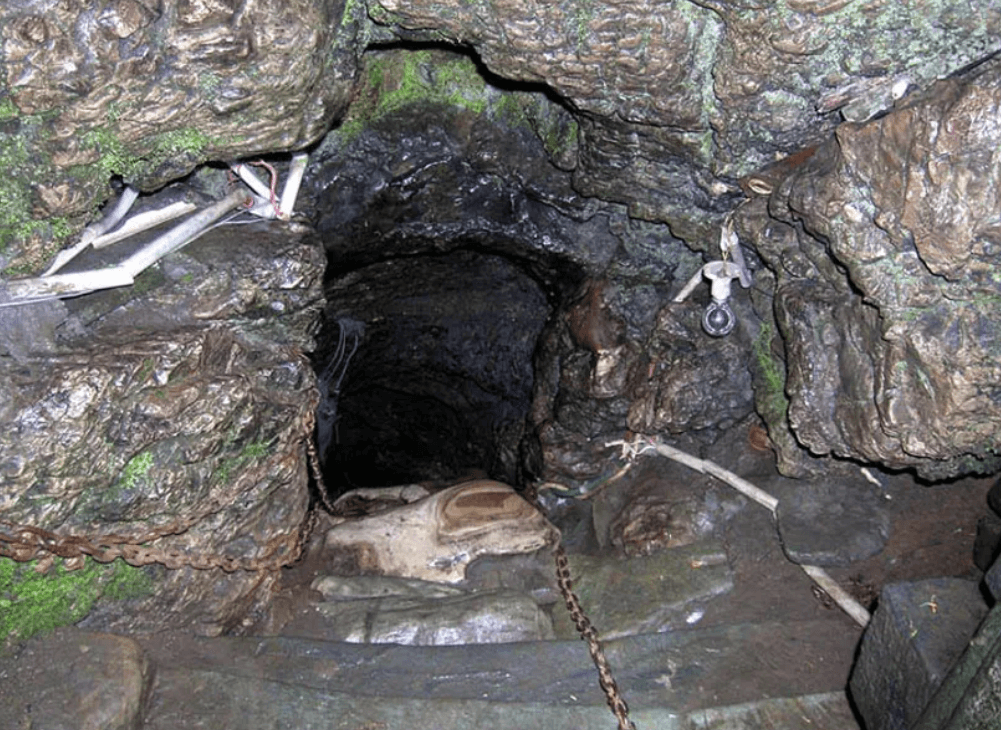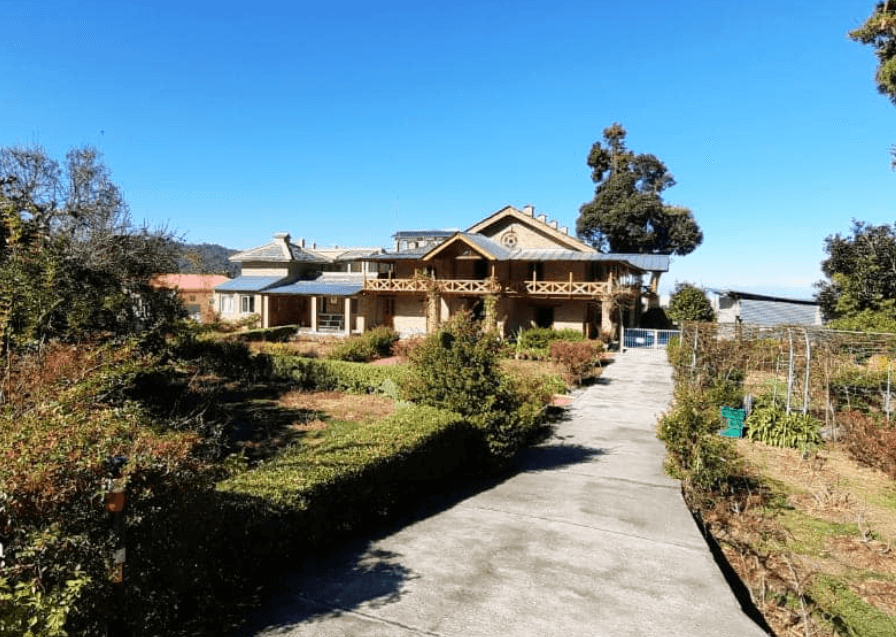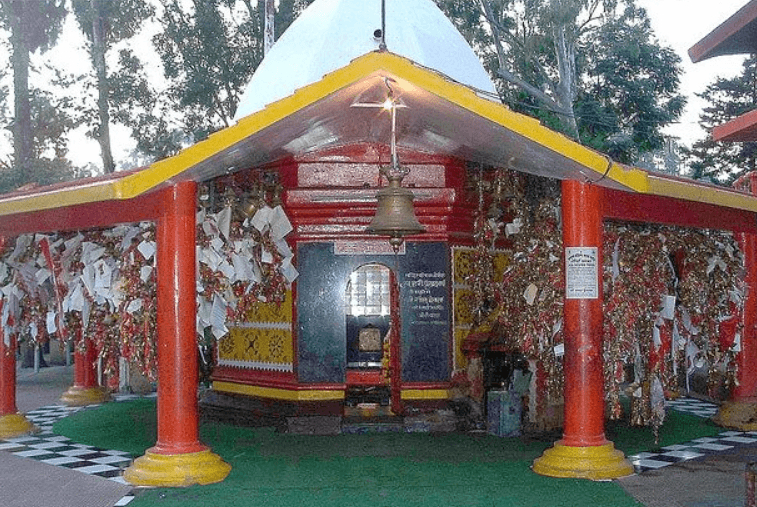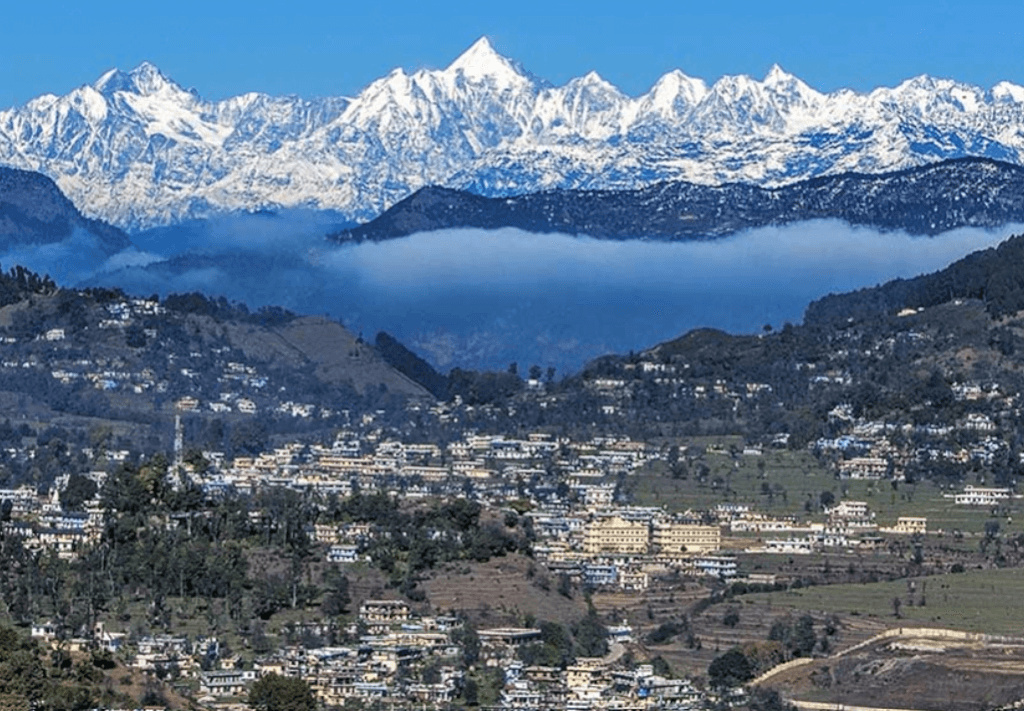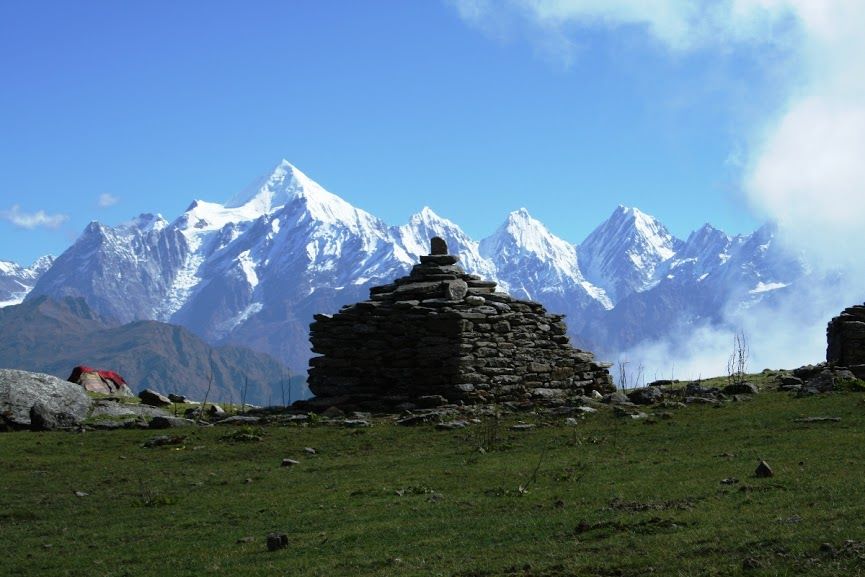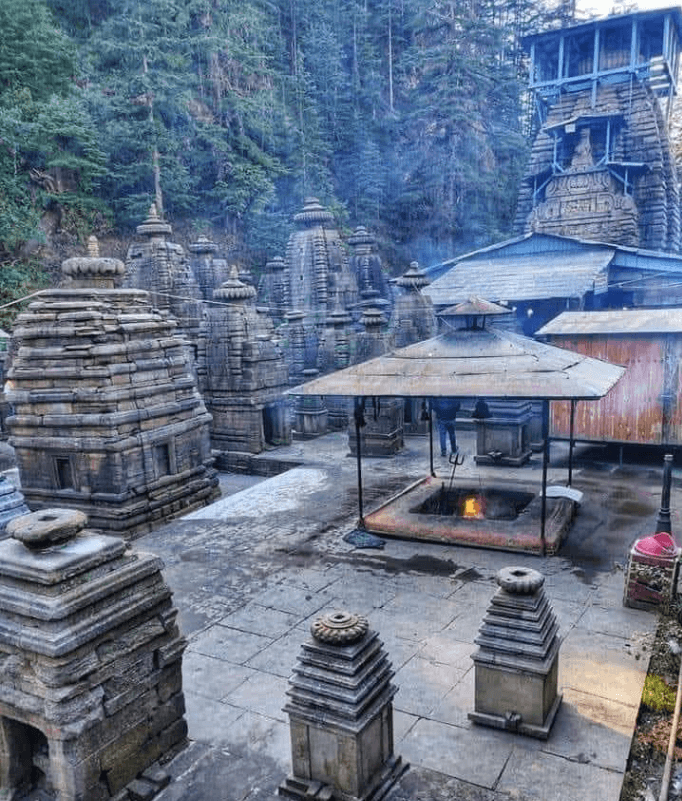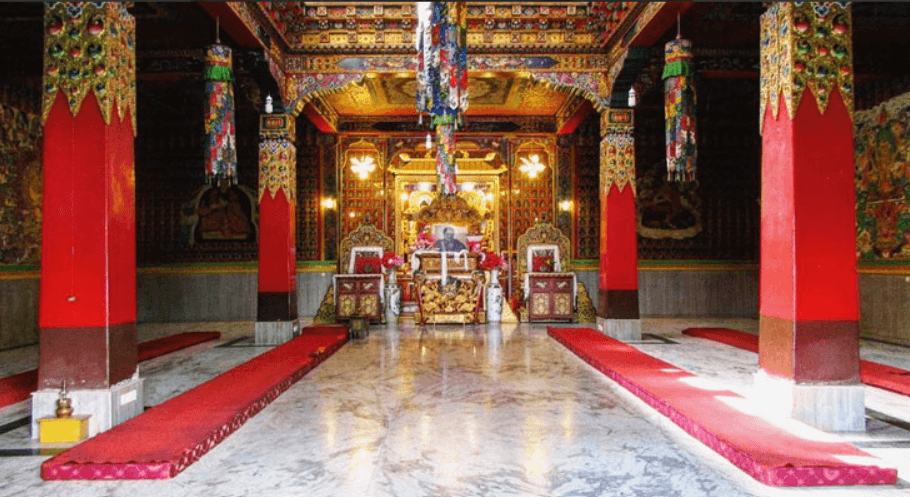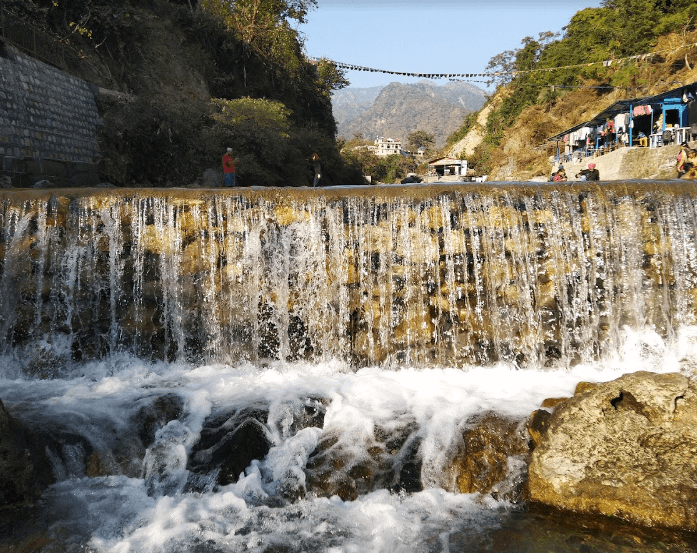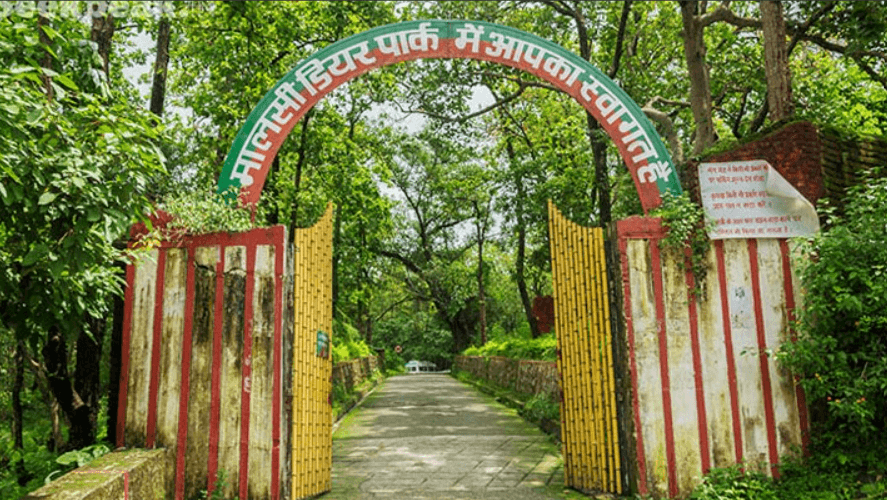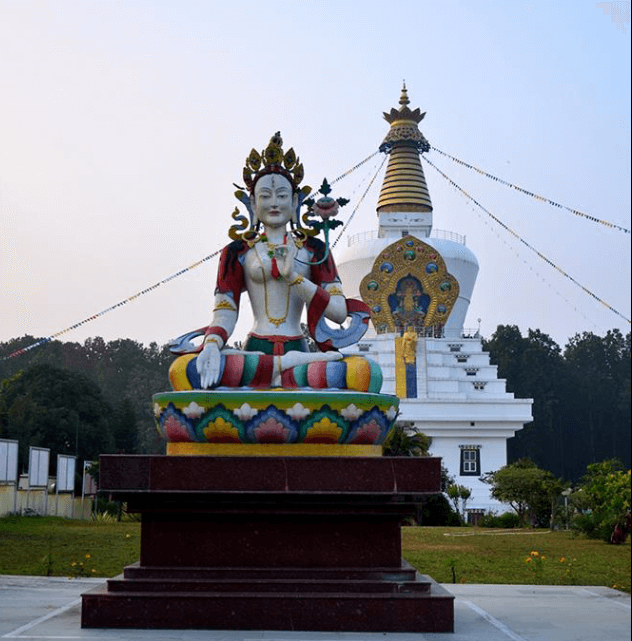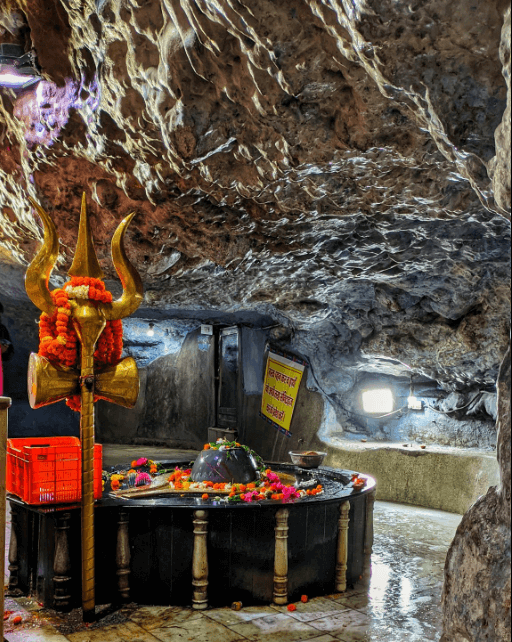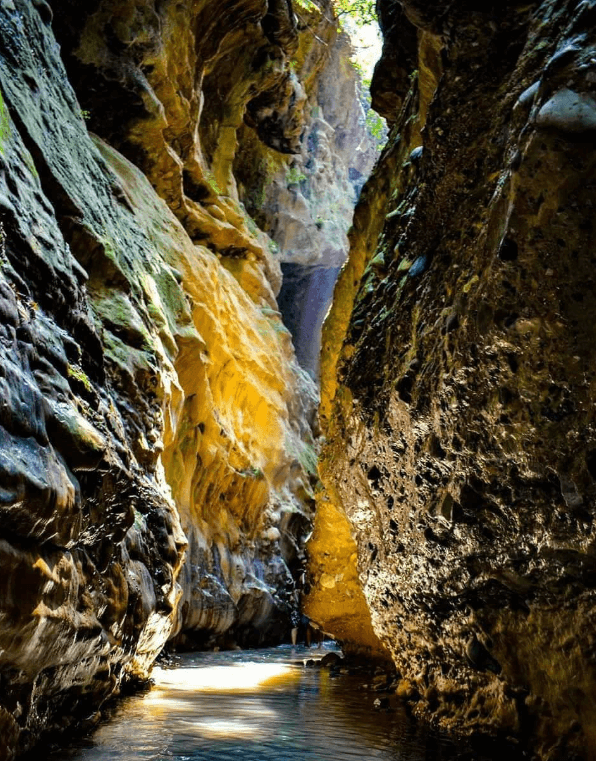Baghnath, meaning ‘Tiger Lord,’ is a renowned Hindu temple located in Bageshwar city, dedicated to Lord Shiva. As a Shaivism site, it venerates Shiva, the transformative deity in the Hindu Trinity alongside Brahma and Vishnu. Nestled in the Kumaon region, this ancient shrine attracts a multitude of devotees, particularly during the auspicious Shivratri festival. The city itself is named after this sacred temple, reflecting its significance in the spiritual and cultural landscape.

Baghnath Temple In Bageshwar
Bageshwar is the Baghnath Temple, dedicated to Lord Shiva. It’s possible that the temple you’re referring to is Baghnath Temple.
Temple Architecture
The architectural style of Baghnath Temple is typically in line with many traditional North Indian temples. It often features intricate carvings, a sanctum sanctorum (garbhagriha), a mandapa, and a tower (shikhara). The temple’s structure may have been influenced by the regional architectural styles prevalent in the Kumaon region.
History Of Baghnath Temple
The history of Baghnath Temple is deeply intertwined with the history of Bageshwar. While the specific historical details may vary, temples in the region are often associated with local legends and religious traditions. Many of these temples have undergone renovations and reconstructions over the centuries.
Mythology About
The mythology surrounding Baghnath Temple, like many Hindu temples, is often linked to religious texts and local legends. Lord Shiva is a central figure in the temple, and the mythology might involve stories related to his manifestations, divine deeds, or associated mythology.
Near Place to Vist
How To Reach Sankri
Sankri is a picturesque village located in the Uttarkashi district of the Indian state of Uttarakhand. It serves as a…
Baijnath Temple
Baijnath Temple is a historic Hindu temple located in the town of Baijnath in the Bageshwar district of Uttarakhand, India….
Kasar Devi Temple
Kasar Devi Temple is a famous Hindu shrine located near Almora in the state of Uttarakhand, India. It is situated…
Katarmal Sun Temple
Katarmal Sun Temple is an ancient Hindu temple dedicated to the Sun God, located in the Kumaon region of Uttarakhand,…
How To Reach Baghnath Temple
By Road
From Delhi:Bageshwar is approximately 400 kilometers from Delhi. You can take a bus or hire a taxi from Delhi to Bageshwar. The journey may take around 10-12 hours, depending on the mode of transportation and the route taken.
From Nainital:Bageshwar is about 147 kilometers from Nainital. You can hire a taxi or take a bus from Nainital to Bageshwar.
Once you reach Bageshwar, you can hire a local taxi or use auto-rickshaws to reach the Baghnath Temple within the town.
By Train
The nearest railway station is Kathgodam Railway Station (approximately 162 kilometers away from Bageshwar). From Kathgodam, you can hire a taxi or take a bus to reach Bageshwar.
By Air
The nearest airport is Pantnagar Airport (IATA: PGH), which is approximately 206 kilometers away from Bageshwar. From the airport, you can hire a taxi or take a bus to reach Bageshwar.

